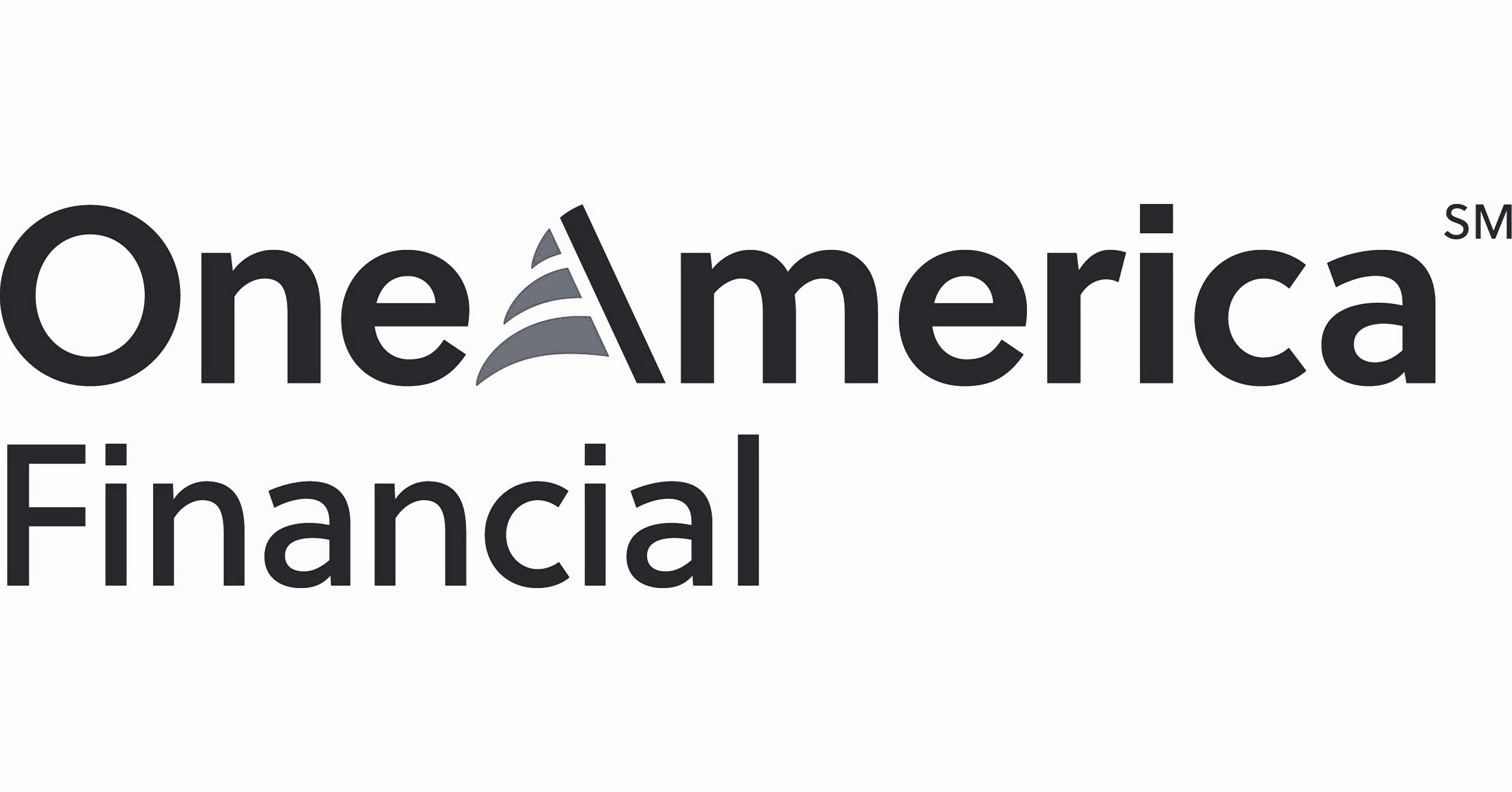

by Andres S. Bustamante, Ph.D.
For many, the idea of science education is scary. It conjures memories of high school chemistry and memorizing formulas that feel unrelated to our daily lives. This wariness of science education is especially common in early childhood, several studies suggest that early childhood teachers report low confidence in their ability to teach science and some even choose early childhood specifically to avoid it. This contributes to science being scarcely taught in early childhood classrooms. Although science is one of the core readiness domains identified in the Head Start Early Learning Framework, it is the lowest performing domain at the national level.
So, what’s the big deal? Can’t children just learn science in the later grades? I want to make the argument that the lack of science in early childhood classrooms is a huge, missed opportunity.
Let’s examine some common reasons for hesitancy to teach early science:
Won’t my children find science difficult and boring?
Actually, no. Science is all about understanding the natural work and how things work. And this is what children want to know the most! Young children are deeply curious and driven to understand their world. Science can help them make sense of their environment and that is highly motivating for children.
Isn’t preschool too early to start teaching science?
Not at all! Research shows that very young children can engage in scientific thinking and use it to learn. Even infants engage in experimentation and learn from what they observe.
Don’t I need to be an expert? What if children ask me questions that I don’t know the answer to?
This is the best-case scenario! Science is a process for answering questions. So, if a child ask’s a question that you don’t know the answer to, that is a perfect opportunity to model how to answer a scientific question and discover the answer together.
Won’t spending time on science take away from more important readiness areas like language, literacy, and math?
On the contrary, science is a hook to capture children’s interest and once you have them engaged it’s easy to integrate other readiness domains. Learning new vocabulary is much easier when you’re using it to describe an exciting phenomenon that you’re observing in a science activity. Similarly, children are more motivated to count or measure when they want to describe how tall their amazing block tower is. There is also research that suggests science is an ideal domain to foster children’s domain general skills like approaches to learning and executive function skills.
Now that we’ve dispelled some common myths. How do we get started?
The good news is science is everywhere and whether teachers know it or not they’re already doing it! It only takes a little extra planning and intentionality to deepen and extend the early science experiences that are already happening (think block play, nature walks, & the water table). And when it’s done well, early science lends itself to high-quality learning experiences. Science activities are active (hands on/minds on), engaging and goal oriented, meaningful to children because it helps them explain their world, socially interactive as children work together on a common goal, iterative because there is always a new direction to go or question to answer, and joyful because children love to learn and discover. When these principals of learning are present you know that high-quality learning is happening. And there is good evidence to back this up.
Recent studies in the United States and abroad demonstrate that early science lends itself to high-quality teacher child interactions. These studies used the Classroom Assessment Scoring System (CLASS) to measure classroom quality during science activities vs. other content domains (e.g., literacy, math, circle time, etc.). While they found no difference in emotional support (the teachers’ ability to provide a warm and supportive environment) or classroom organization (teachers ability to provide a structured environment with predictable routines and minimal behavior problems) they saw consistently that instructional support (concept development, high-quality feedback, and language modeling) was higher during science activities compared to all other settings. This is meaningful because instructional support is the lowest scoring domain of the CLASS with national averages consistently in the low range (scores between 2 and 3 on a 7-point scale). Improving instructional quality is a great need in early childhood and science provides a pathway to higher quality instruction.
Okay so early science is great, but what does it look like in action?
Below are some examples of high-quality programs and resources to inspire you!
The Early Science Initiative (ESI) is a job-embedded professional development program that uses coaching to support teachers in building their own science experiences from children’s interests and an adaptation of the Next Generation Science Standards (NGSS) for early childhood. The Early Science Framework lists and describes the scientific practices, cross-cutting concepts, and core ideas that make up high-quality science experiences in early childhood. ESI also creates a community of practice by offering avenues for teachers and parents to share their science learning ideas and activities.
Readiness through Integrative Science and Engineering (RISE) is another early science and engineering program. RISE is unique in that activities were designed with teachers and families to incorporate local culture and values to create meaningful experiences for children that connect to their everyday lives. RISE also places high value on the home school connection and empowers parents to become science educators and contribute their cultural funds of knowledge to children’s education.
Scratch Jr is a computer programming software for preschoolers that allows them code without writing code. Children drag and drop blocks that have commands (e.g., move forward, spin around, repeat) to create animations. Scratch Jr builds children’s computational thinking skills and creativity. It is also free to use and has over 60 million users worldwide.
KIBO is an early childhood robotics curriculum with no screens that was developed by the same researchers that made Scratch Jr. Children put together sequences of wooden blocks to program a robot that they build and decorate. Children exercise their computational thinking skills, social skills, and creativity to code their robot to navigate mazes, learn cultural dances, and run relay races.
The last example is Ramps & Pathways which is an early childhood curriculum where children use wooden blocks, ramps, and marbles to learn physics and engineering concepts. Children build all types of amazing structures and spend time testing their ideas for how to make marbles go fast or slow, how to make stable structures that won’t fall, or how to make a marble turn a corner or drop into a bucket. Children work collaboratively and exercise patience and frustration tolerance when their structures inevitably fall. And like all the examples mentioned above, kids love it because it’s fun!
All the programs above have resources and exemplar activities that can be accessed through the links provided. Check them out!
To put it all together, early science engages young children in the process of discovery and provides a vehicle for them to understand the world. It also lends itself to caregiver child interactions that characterize a high-quality instructional environment and serves as a central context to integrate all readiness domains including language & literacy, math, social emotional, and domain general skills. Lastly, young kids love science because it’s fun!
There are many ways to incorporate science into the early childhood classroom, so give it a try! Before long you’ll be an advocate for early science just like I am.











I have been to management workshops, not leadership training. This has totally changed my perspective and encouraged me to propel forward in developing my skills.
I am honored and humbled to be a recipient of the Region 9 Head Start Association’s Legacy Scholarship. The scholarship helped me get one step closer to achieving my goal of becoming a Head Start Director.
I took part in The disproportionate impact of COVID 19, and how to provide “real” support for black/brown children and families and I just want to say this was an amazing webinar. I hope we can look forward to further conversation on this topic.
Thank you so much for making events like this! I really enjoyed and learned so much teaching strategies to implement STEM in the classroom.
The HR Network was an excellent opportunity to network and learn the best practices from other HR professionals within Head Start programs. You will be amazed by the level of talent and experience of the participants.
The Summer Camp training was powerful and inspiring! Each presenter was very engaging, it’s hard to even pick a favorite session!
The Leadership Challenge training was very relevant to my work as a Head Start leader! Great facilitation; stayed with the program yet allowed time for individual and small group reflections.
Regular price $12.00

Regular price $39.00




Questions? Contact us at headstartr9@region9hsa.org.